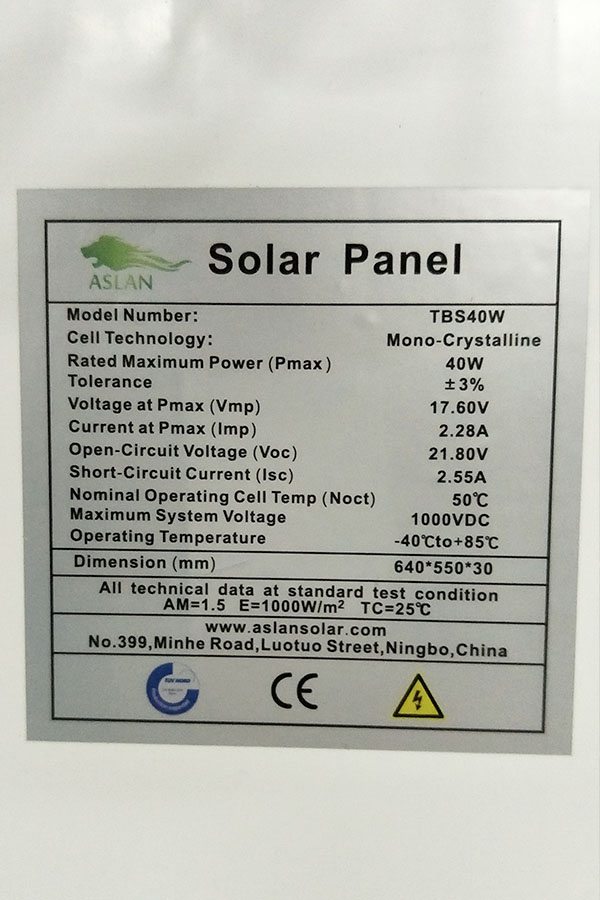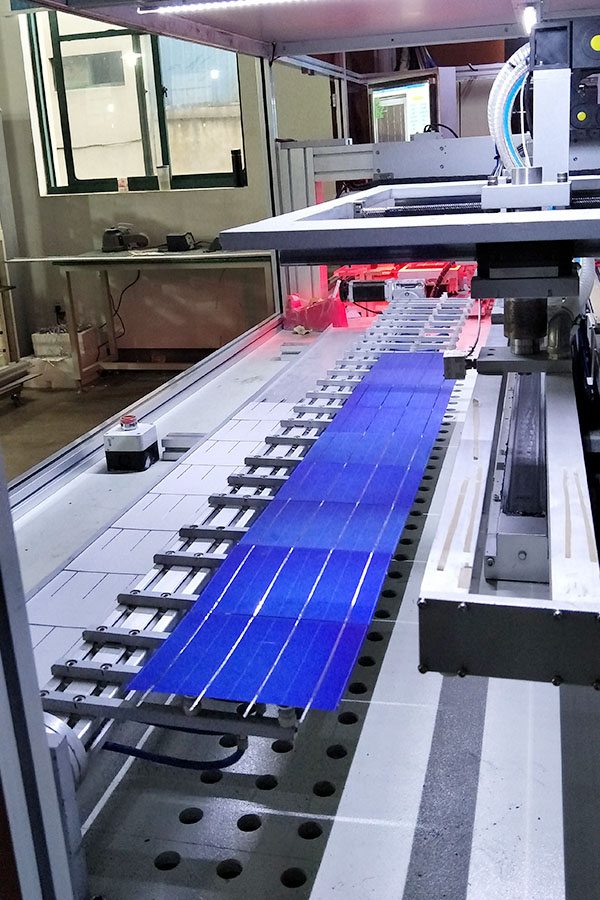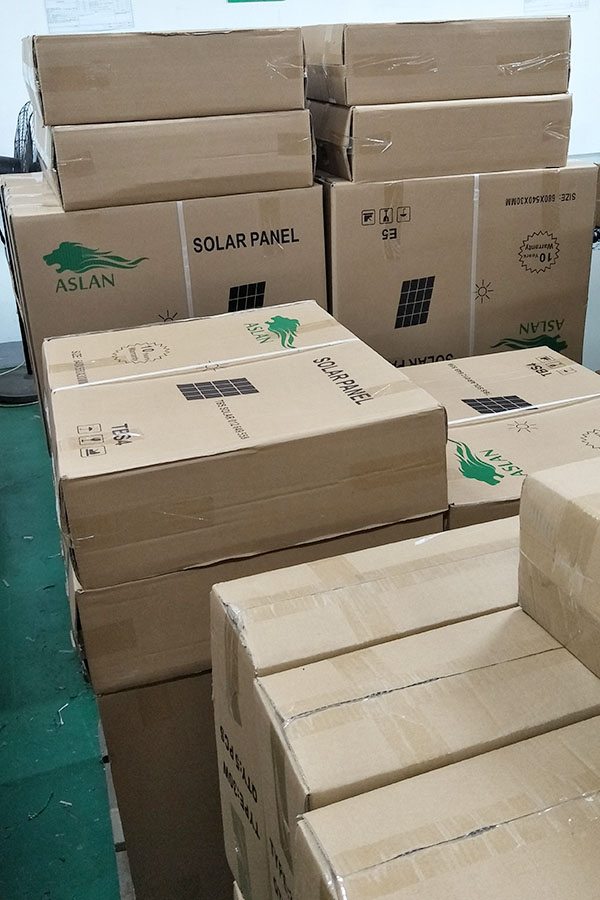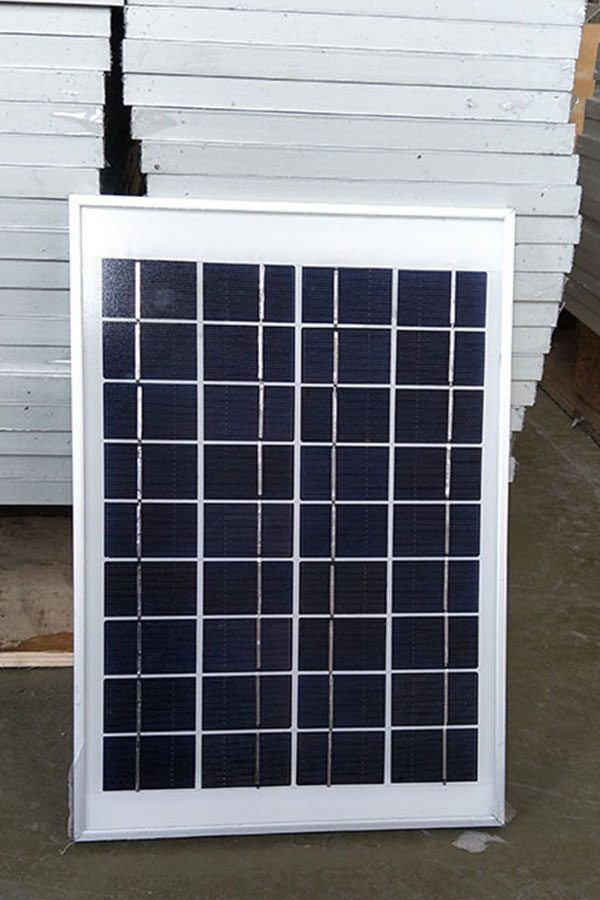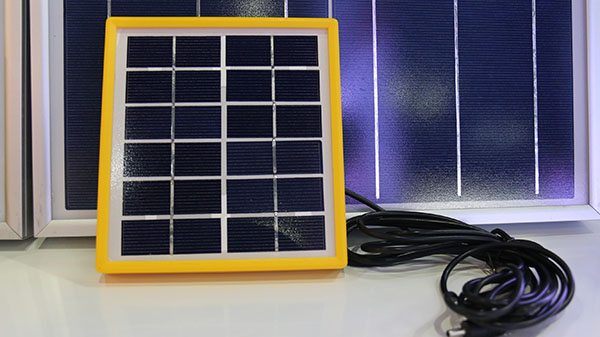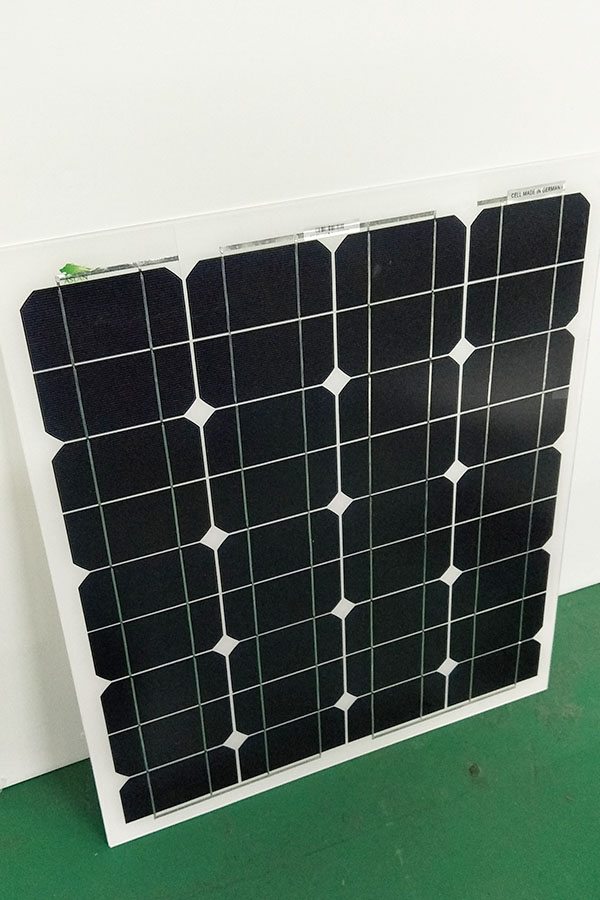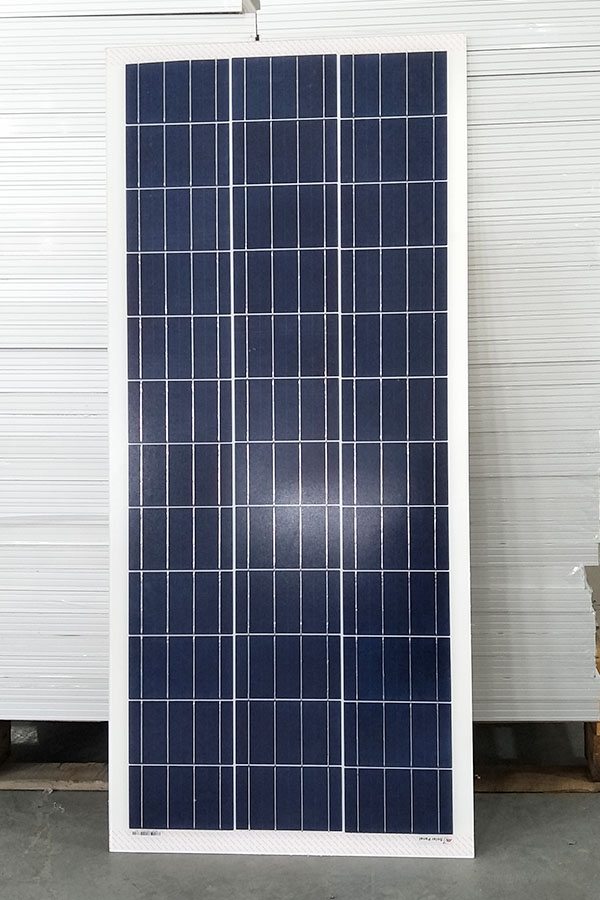Chinese wholesale Poly-crystalline Solar Panel 100W to Barbados Importers
Short Description:
With this motto in mind, we have become one of the most technologically innovative, cost-efficient, and price-competitive manufacturers for Chinese wholesale Poly-crystalline Solar Panel 100W to Barbados Importers, Welcoming interested companies to cooperate with us, we look forward to having the opportunity of working with companies around the world for joint growth and mutual success.
Technical parameter
Maximum Power(W) 100W
Optimum Power Voltage(Vmp) 17.87V
Optimum Operating Current(Imp) 5.60A
Open Circuit Voltage(Voc) 21.45V
Short Circuit Current(Isc) 6.17A
Mechanical Characteristics
Cell Type Polycrystalline 156x104mm (6 inch)
No of Cell 36 (4x9pcs)
Dimensions 1120x678x35mm
Weight 9.7KGS
Front Glass 3.2mm,High Transmission, Low Iron,Tempered Glass
Junction box IP65 Rated
Output Cable TUV 1×4.0mm2/UL12AWG,Length:900mm
Temperature and Coefficients
Operating Temperature(°C): -40°C ~ + 85°C
Maximum System Voltage: 600V(UL)/1000V(IEC) DC
Maximum Rated Current Series: 15A
Temperature Coefficients of Pmax: -0.435%
Temperature Coefficients of Voc: -0.35%
Temperature Coefficients of Isc: 0.043%
Nominal Operationg Cell Temperature (NOCT): 47+/-2°C
Materials of solar panel
1).Solar Cell——Polycrystalline solar cell 156*52mm
2).Front Glass——-3.2mm, high transmission, low iron, tempered glass
3).EVA——-excellent anti-aging EVA
4).TPT——-TPT hot seal made of flame resistance
5).Frame——anodized aluminum profile
6).Junction Box——-IP65 rated, high quality, with diode protection
Superiority: high quality anodized aluminum frame, high efficiency long life, easy installation, strong wind resistance, strong hail resistance.
Features
1. High cell efficiency with quality silicon materials for long term output stability
2. Strictly quality control ensure the stability and reliability, totally 23 QC procedures
3. High transmittance low iron tempered glass with enhanced stiffness and impact resistance
4. Both Poly-crystalline and Mono-crystalline
5. Excellent performance in harsh weather
6. Outstanding electrical performance under high temperature and low irradiance
Quality assurance testing
Thermal cycling test
Thermal shock test
Thermal/Freezing and high humidity cycling test
Electrical isolation test
Hail impact test
Mechanical, wind and twist loading test
Salt mist test
Light and water-exposure test
Moist carbon dioxide/sulphur dioxide
Energia solar com painéis de 50w
In a March seminar hosted by the MIT Energy Initiative, Nathan Lewis of the California Institute of Technology discussed the research frontier involved with the development of an integrated system based on semiconductor nanowires that act as artificial photosynthetic pigments, which bridge a membrane and are coupled to catalysts that both reduce water to hydrogen and oxidize water to oxygen. All these components in an artificial photosynthetic system must work together and in synergy for the entire process to be successful. Lewis’ research efforts have focused primarily on the development and implementation of semiconductor nanorod arrays that can provide the ability to use impure, low-cost, stable inorganic light absorbers in the presence of organic, plastic, processable polymer membranes, to provide the capture and conversion steps and couple to the catalytic steps needed for a solar-based water-splitting system.
This talk was presented on March 10, 2009 as part of the MITEI Seminar Series.
About the speaker:
Dr. Nathan Lewis, George L. Argyros Professor of Chemistry, has been on the faculty at the California Institute of Technology since 1988 and has served as Professor since 1991. He has also served as the Principal Investigator of the Beckman Institute Molecular Materials Resource Center at Caltech since 1992. From 1981 to 1986, he was on the faculty at Stanford, as an assistant professor from 1981 to 1985 and as a tenured Associate Professor from 1986 to 1988. Dr. Lewis received his Ph.D in Chemistry from the Massachusetts Institute of Technology. Dr. Lewis has been an Alfred P. Sloan Fellow, a Camille and Henry Dreyfus Teacher-Scholar, and a Presidential Young Investigator. He received the Fresenius Award in 1990, the ACS Award in Pure Chemistry in 1991, the Orton Memorial Lecture award in 2003, the Princeton Environmental Award in 2003 and the Michael Faraday Medal of the Royal Society of Electrochemistry in 2008. He is currently the Editor-in- Chief of Energy & Environmental Science. He has published over 300 papers and has supervised approximately 60 graduate students and postdoctoral associates.
___
The MIT Energy Initiative is MIT’s hub for energy research, education, and outreach. Learn more at energy.mit.edu.


